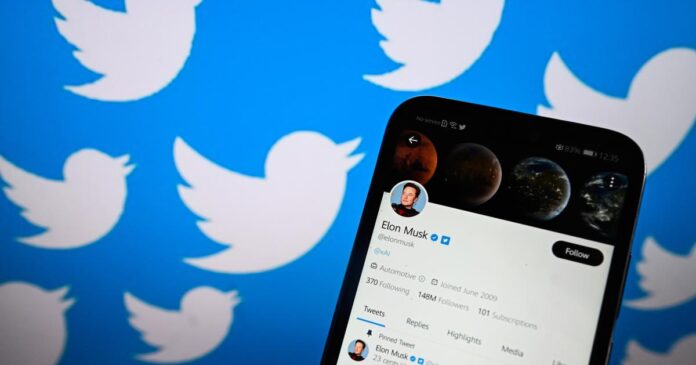
Twitter Announces Daily Limits on DMs for Unverified Accounts: A Push Towards Blue Subscription
Twitter, the popular social media platform, has recently made changes that affect its users who choose not to pay for a Blue subscription.
The company announced that it will soon implement a new rule limiting the number of Direct Messages (DMs) unverified accounts can send per day.
This move comes as part of Twitter’s efforts to combat the rise in spam messages in direct messages, which has become a growing concern for the platform.
On July 14th, Twitter introduced a new message setting that separates DMs from accounts that users follow into their primary inbox, while DMs from verified users they don’t follow are directed to their message request inbox.
This change resulted in a significant 70 percent reduction in spam messages within a week of its implementation.
Prior to this, the ability to send DMs to non-followers was limited to Blue subscribers only, further motivating users to consider upgrading their accounts.
While Twitter claims that the upcoming change aims to reduce DM spam, it is evident that it subtly encourages unverified subscribers to opt for a paid Blue membership.
The company’s announcement explicitly invites users to “subscribe today to send more messages,” accompanied by a link to the subscription page.
Additionally, Twitter had previously imposed a strict cap on the number of tweets a user can see per day, with unverified accounts limited to 600 posts.
Elon Musk, the tech entrepreneur, also tweeted about Twitter’s financial situation, stating that the platform is facing negative cash flow due to a 50 percent drop in advertising revenue.
Although revenue from subscriptions may not entirely offset this decline, it still contributes to the company’s financial well-being.
Twitter’s move towards limiting DMs for unverified accounts is undoubtedly a strategic decision aimed at enticing more users to opt for the Blue subscription.
By placing certain features behind a paywall, the platform seeks to provide added value to its paying subscribers while encouraging others to consider upgrading their accounts.
The introduction of the Blue subscription has been met with mixed reactions from the Twitter community.
While some appreciate the benefits and exclusivity that come with the paid membership, others express concerns about the platform becoming less accessible to those who cannot or choose not to subscribe.
In response to these changes, Twitter users have been actively discussing the implications and the impact on their social media experience. Some argue that limiting DMs for unverified accounts may indeed reduce spam, but it could also hinder genuine interactions between users who haven’t opted for the subscription.
The debate over striking the right balance between combating spam and maintaining user engagement remains ongoing.
In conclusion, Twitter’s decision to implement daily limits on DMs for unverified accounts is part of its broader strategy to combat spam in direct messages.
However, it is also a move that encourages users to consider upgrading to a Blue subscription.
As the platform navigates its financial challenges, it will continue to explore various approaches to monetization, which may influence the user experience and accessibility on Twitter.
As the landscape of social media platforms evolves, users will continue to adapt and engage with the changes introduced by platforms like Twitter.
FAQs
Q1: What are the upcoming changes on Twitter for unverified accounts? A1: Twitter will soon implement daily limits on the number of Direct Messages (DMs) unverified accounts can send as part of its efforts to reduce DM spam.
Q2: What was the impact of Twitter’s new message setting on DMs? A2: Twitter’s new message setting, which directs DMs from accounts users follow to their primary inbox and DMs from verified users they don’t follow to their message request inbox, resulted in a 70 percent reduction in spam messages within a week of its implementation.
Q3: How does Twitter’s push towards Blue subscription affect unverified users? A3: Twitter’s push towards Blue subscription subtly encourages unverified users to consider upgrading to a paid membership, as certain features are made exclusive to subscribers.
Q4: What did Elon Musk say about Twitter’s financial situation? A4: Elon Musk tweeted that Twitter is experiencing negative cash flow due to a 50 percent drop in advertising revenue.
Q5: How are Twitter users reacting to the changes? A5: Twitter users have varied reactions to the changes, with some appreciating the benefits of the Blue subscription while others express concerns about limited access for non-subscribers. The debate on striking the right balance between combating spam and maintaining user engagement continues.


















